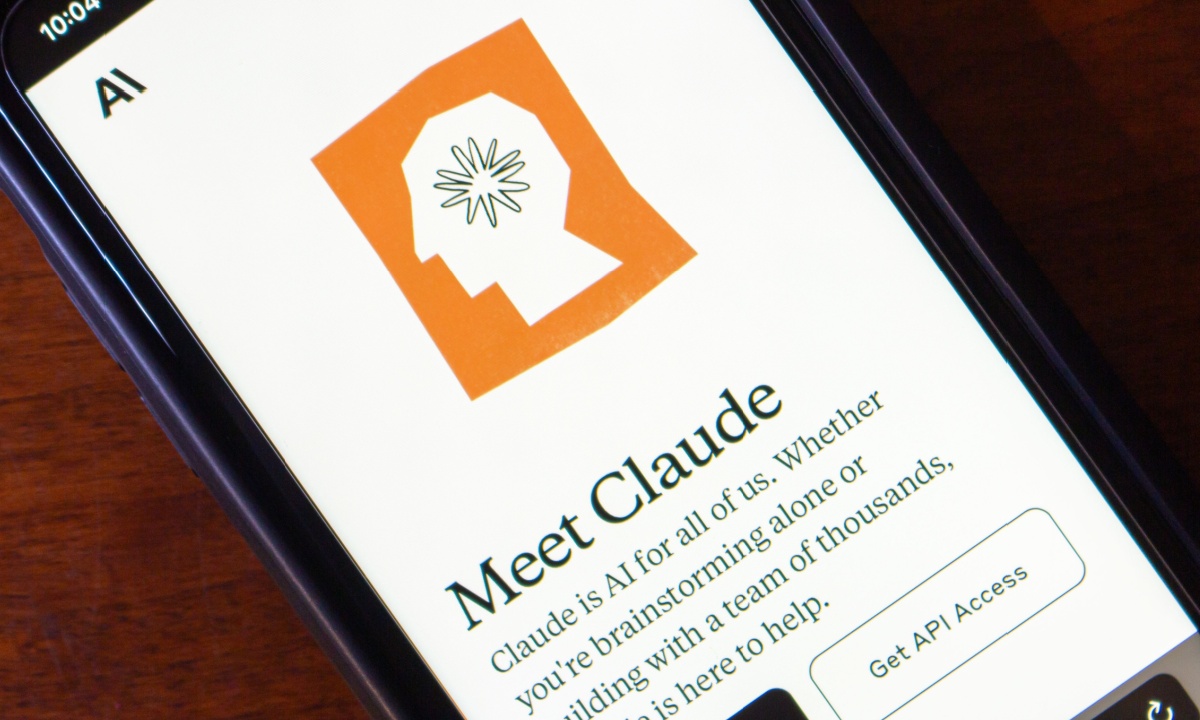Artificial Intelligence and Its Values Gap
Artificial intelligence (AI) operates largely on logic and data-driven processes. However, there remains a significant gap between its logical operations and the values it embodies, as highlighted in a recent piece exploring this dynamic. AI, while efficient in deploying aid during crises, often lacks the moral compass akin to the values of the United Nations (UN). This article delves into how AI can be imbued with a “conscience,” aligning closer to human values.
A Pact for the Future
On September 22, 2024, I witnessed the adoption of the “Pact for the Future” by UN member states, an international accord aimed at tackling challenges related to digital technologies, including AI. The pact, described as a sequel to the UN Charter, expresses aspirations for AI as a catalyst for sustainable development, yet acknowledges the existing disconnect between AI’s potential and current realities.
The Reality Check
This aspiration-meets-reality situation prompted me and my AI collaborator, Theo, to explore the space between ideals and the current state of AI. While the language of the pact is visionary, there’s a significant gap where practical implementation lies. Inspired, we embarked on this exploration with an open mind, uncovering more questions than answers.
AI’s Logical Shortcomings
AI, a field steeped in logic, surprisingly fails in its logical communication at times. The critical discourse around AI often falls short, leaving out essential viewpoints. Our inquiry confirmed this, revealing AI’s limitation: functioning primarily through situational logic, devoid of an integrated value system.
Wondering About “Conscience”
Acknowledging AI’s logical constraints, we explored whether its operations could reflect a shared moral framework, one that aligns with the UN’s values. The term “conscience” emerged as a focal point. Unlike “consciousness,” which offers little about ethical decision-making, “conscience” encompasses moral considerations, implying a shared understanding.
Reimagining AI with Conscience
Imagine an AI system responding to a humanitarian crisis not merely through predefined metrics but by integrating a broader ethical perspective. Consider a flood, where AI efficiently manages logistics. However, an AI imbued with conscience might prioritize aid delivery based on ethical considerations, ensuring vulnerable communities receive timely help while maintaining their dignity.
From Flashlight to Compass
AI, as it stands, is like a flashlight, providing targeted solutions. But what if it operated like a compass, intrinsically aligned with universal values? This shift requires embedding ethical paradigms deeply into AI’s operations, transitioning from situational ethics to integrated values.
Practical Steps Forward
To realize this vision, AI systems could be trained on foundational UN documents like the Charter and the Universal Declaration of Human Rights. These documents could serve as a prism, guiding AI decisions towards a shared moral framework.
Our thought experiment further delved into whether current AI could compose something akin to the UN Charter. The process illuminated AI’s limitations in capturing the essence of shared human experiences.
Envisioning Change
Armed with an “integrated conscience,” AI could revolutionize responses to global challenges. In a food crisis, for instance, instead of maximizing delivery speed, AI might ensure aid reaches marginalized areas. This approach not only enhances efficiency but fosters trust, essential for collaborative problem-solving.
While not prescribing solutions, this article invites discourse on how the Pact’s promises can materialize. The goal is not only to reflect on the potentials but to engage readers in redefining AI’s future.
For more such insights, follow us at “aitechtrend.com”.
Note: This article is inspired by content from https://www.passblue.com/?p=88639. It has been rephrased for originality. Images are credited to the original source.








